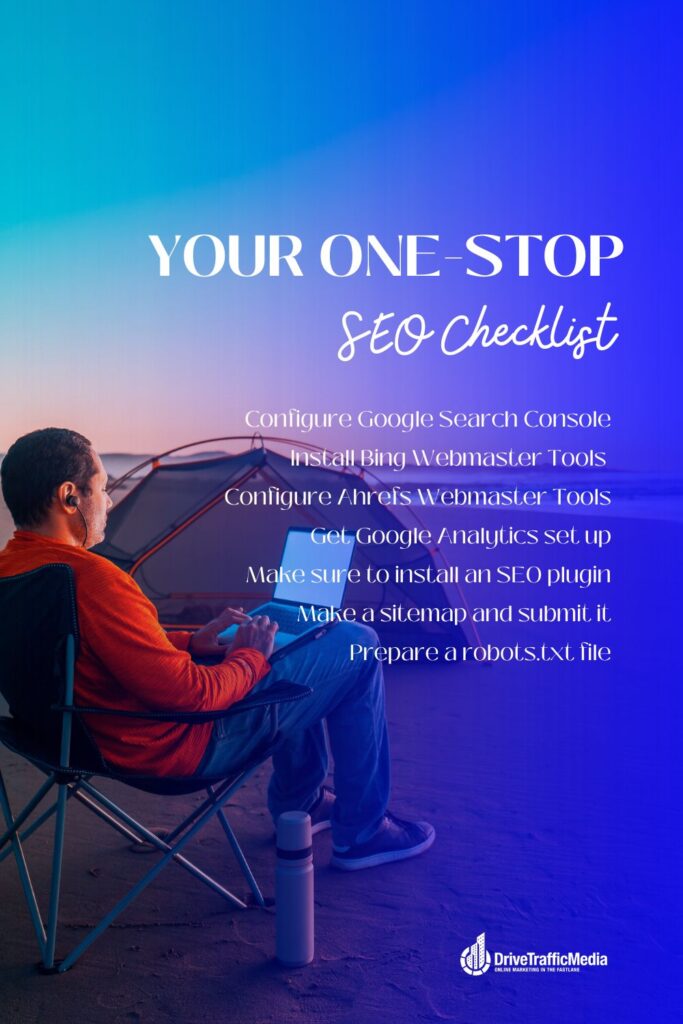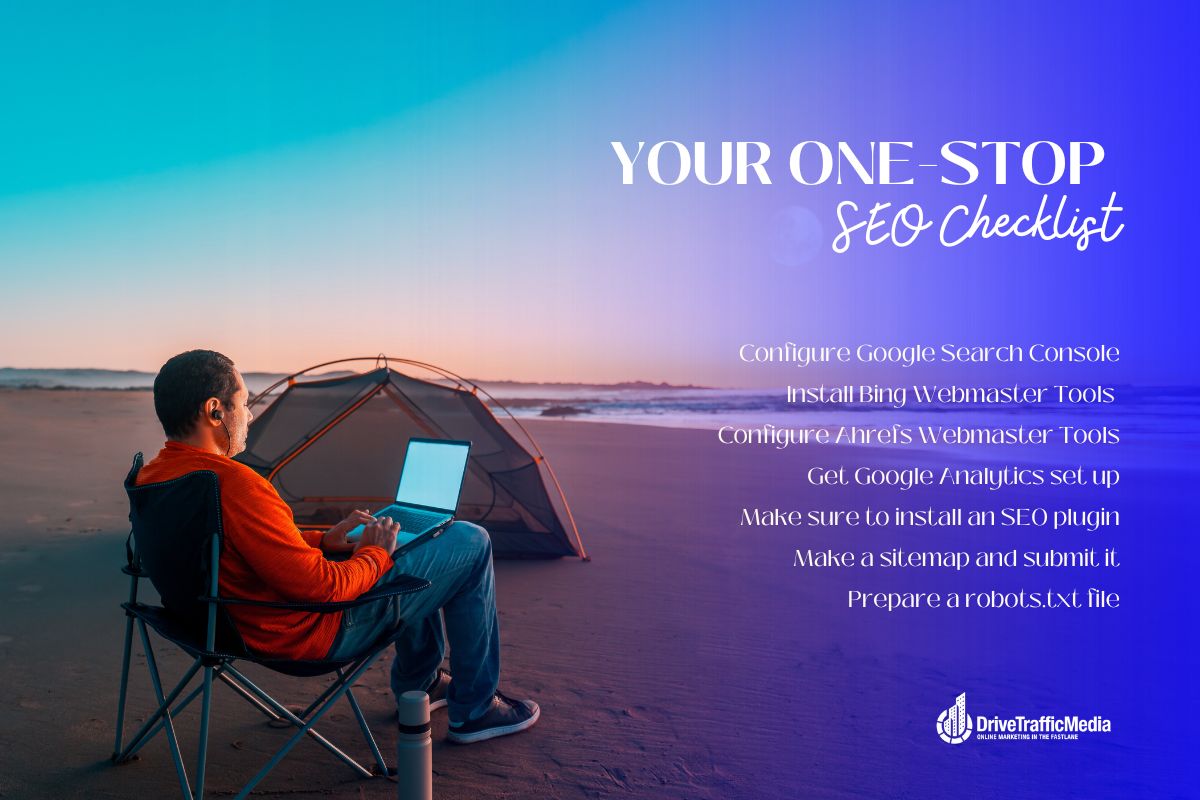With the help of top Orange County SEO experts and this SEO checklist, we grew our blog traffic and search visitors per month. Whether you run a local business, e-commerce store, or affiliate website, it works for everyone!
How Do I Use This Basic SEO Checklist?
Many SEO checklists do not convey the fact that SEO is an ongoing process. As a result, they list random tasks and claim that SEO is complete once you complete them.
Be sure not to miss anything by tagging each item and listing it in the checklist that follows:
- Once is enough.
- It should be done periodically.
- Do this for every new page you publish.
Since this checklist is structured in this way, you do not need to go through everything on it right now. Start with one-time tasks, then do periodic tasks, and finally complete ongoing tasks whenever a new page is published.
Let’s get started!

The Basic SEO Checklist
We will start by discussing a few SEO best practices every business should know. It will not directly improve rankings, but you can set yourself up for higher rankings by doing these things.
1. Configure Google Search Console.
The Google Search Console allows you to track your site’s organic search performance for free.
It can be used in the following ways:
- To search for keywords to see where you rank
- To see where you rank
- To identify website errors
- To submit sitemaps
2. Install Bing Webmaster Tools.
Similar to Google Search Console, Bing Webmaster Tools lets you manage your website’s search engine optimization.
3. Configure Ahrefs Webmaster Tools.
A free tool called Ahrefs Webmaster Tools (AWT) helps you optimize your website for organic search results.
There are several key features of this product:
- It gets your site scanned for 100+ SEO issues.
- It gets an overview of all your backlinks.
- It finds out which keywords you rank for.
4. Get Google Analytics set up.
It is possible to find out how many visitors you have with Google Analytics. You can also discover where they’re coming from, and what they’re doing. Additionally, you can view Search Console data in Google Analytics by linking Google Search Console with the tool.
5. Make sure to install an SEO plugin.
For things like sitemaps and meta tags, you’ll need an SEO plugin if you use WordPress.
Several options are available to you, but you only need these:
- SEO by Yoast
- Calculate Rank
- Framework for Search Engine Optimization
An SEO plugin is unnecessary if you use a different website platform like Shopify.
6. Make a sitemap and submit it.
Search engines crawl and index your pages in order to find them correctly, and sitemaps are used to identify important content on your site. For example, here is what the sitemap looks like for our blog.
In the event you cannot find it, take a look here to learn how to submit your sitemap to Google and Bing.
7. Prepare a robots.txt file
A plain text file called robots.txt tells search engines where they are allowed and where they aren’t.
To prevent search engines from crawling certain website sections, you should have a robots.txt file. It is not good for them to crawl and index your cart page if you run an e-commerce store.
Visit yourdomain.com/robots.txt to find out if you already have a robots.txt file. As long as you see a plain text file, you’re set. Alternatively, you can search for “robots.txt generator” on Google and create one.
Conclusion
The process of SEO is continuous, and there are too many factors to include in one checklist. As long as you follow the checklist items above, you’ll be well on your way to better and improved rankings.
Call Drive Traffic Media today and speak with one of our Orange County SEO experts! Give us a call at (949) 800-6990 or visit our website.
